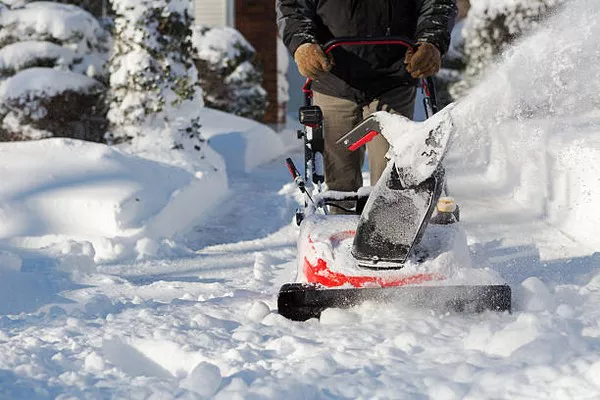As winter blankets the landscape in a pristine layer of snow, property owners face the daunting task of snow removal to maintain accessibility and safety. Snowblowers, hailed for their efficiency in clearing driveways and walkways, have become indispensable tools in many households. However, concerns often arise regarding the potential damage these machines may inflict on concrete surfaces. In this article, we will explore whether snowblowers scratch concrete and provide insights into best practices to minimize any adverse effects.
The Mechanism of Snowblowers
To address the question of whether snowblowers scratch concrete, it is crucial to understand how these machines operate. Snowblowers are equipped with augers or paddles that rotate rapidly, scooping up snow and expelling it through a chute. While this design is highly effective in snow removal, it raises concerns about potential contact between the auger and the concrete surface.
Scratching Concerns
One common worry among property owners is the possibility of scratches on concrete caused by the metal or hard plastic components of a snowblower’s auger. The friction between the auger and the concrete, especially when the surface is dry or icy, could theoretically lead to scratches or abrasions.
However, it’s important to note that most modern snowblowers are designed with user-friendly features to minimize such risks. Manufacturers often incorporate materials that are less likely to cause damage, and augers are frequently made from sturdy but non-abrasive materials. Additionally, adjustable skid shoes on the bottom of the snowblower allow users to set the height, reducing the likelihood of direct contact between the auger and the concrete surface.
Concrete Composition and Durability
The impact of a snowblower on concrete depends not only on the design of the machine but also on the quality and composition of the concrete itself. High-quality, well-cured concrete is generally more resistant to scratches and abrasions. However, older or poorly maintained concrete surfaces may be more susceptible to damage.
Furthermore, the presence of sealants or coatings on the concrete can offer an additional layer of protection. Sealants create a barrier that helps prevent scratches and can enhance the concrete’s overall durability. Regularly applying a concrete sealant is a proactive measure that property owners can take to safeguard their surfaces.
Best Practices for Preventing Damage
While the risk of snowblowers scratching concrete is minimal, there are several best practices to adopt for those seeking to mitigate potential damage and prolong the life of both the machine and the concrete surface:
Adjustable Skid Shoes: Utilize the adjustable skid shoes on the snowblower to set the height, ensuring a small gap between the auger and the concrete surface.
Clearing Debris: Before using a snowblower, clear the area of any debris or objects that could potentially cause damage. Small rocks, sticks, or other obstructions can get caught in the auger and increase the risk of scratching.
Regular Maintenance: Keep the snowblower in optimal condition by adhering to a regular maintenance schedule. Lubricate moving parts, inspect the auger for any signs of wear, and replace components as needed.
Use a Snow Melt or Salt: Applying a snow melt or salt to the concrete surface before using the snowblower can help in reducing friction and preventing scratches. Additionally, these substances can assist in melting the snow, making it easier for the machine to clear the area.
See Also What Oil Should Be Used In A Snowblower?A Comprehensive Guide
Conclusion
In conclusion, while the concern of snowblowers scratching concrete is valid, the risk is relatively low when using modern, well-maintained machines. Manufacturers understand the importance of protecting both the equipment and the surfaces it operates on, leading to the incorporation of design features that minimize potential damage.
Property owners can further mitigate any risks by adopting best practices, such as adjusting skid shoes, clearing debris, performing regular maintenance, and using snow melt or salt. Understanding the composition and quality of the concrete surface is also crucial in assessing potential vulnerabilities.
By taking a proactive approach to snow removal and employing these recommended practices, property owners can confidently utilize snowblowers to maintain clear and safe pathways during the winter months without compromising the integrity of their concrete surfaces.

